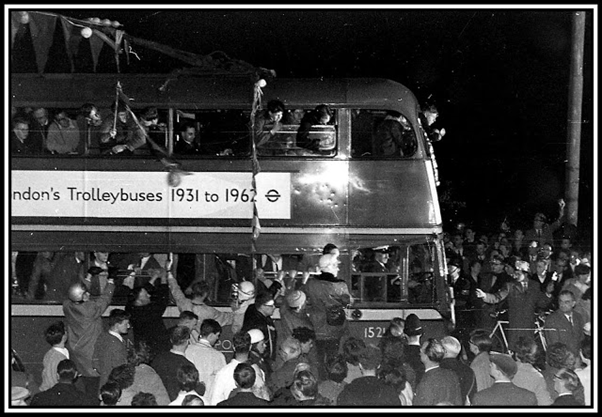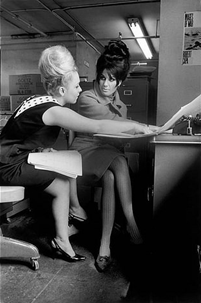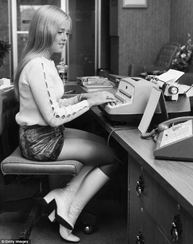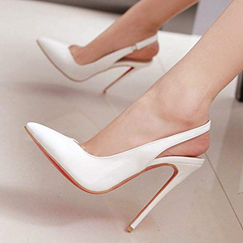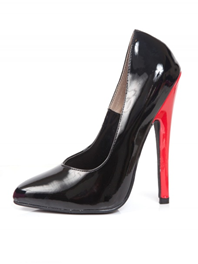Leaderboard
Popular Content
Showing content with the highest reputation on 05/23/2019 in Posts
-
Chapter 4 – From school to work A notable event that I failed to mention in the last chapter was the demise of the London trolleybus. I had grown up with trolleybuses, which predominated the bus routes in my home area and further afield too. Despite their ‘green’ credentials (which today would have been a big ‘plus’), trolleybuses were seen as inflexible and inferior to a diesel bus such as the ‘Routemaster’. As nearly all of them still in use in London at the end of the 1950s were regarded as life-expired, the decision was taken to scrap them. Ironically, my area had been the first to get trolleybuses (replacing trams in 1931) and became the last to lose them – on 8 May 1962. The event was marked by a large local turn-out to welcome in the last bus in the early hours of 9 May; I was present with my father – we are somewhere in the crowd pictured below: It was some years before I saw ‘1521’ (or any other London trolleybus) again, until I enjoyed riding on one at the East Anglia Transport Museum, Carlton Colville (near Lowestoft, Suffolk) – well worth a visit! My schooldays continued, with O-Levels sat in 1964 and then A-Levels in 1966. I had intended to go on to university to obtain a degree in engineering, but alas it was increasingly obvious to me that my mastery of the necessary school subjects was not going to be to a good enough standard. I therefore decided instead to embark on a professional career, for which I could study by correspondence course whilst being ‘gainfully employed’. A few years later, I realised that this was probably a wise move, as many of my contemporaries at school had got their university degrees but not necessarily any worthwhile employment. (Ultimately, I ended up with two professional qualifications, each the equivalent of an honours degree, so I felt that I could hold my own despite never attending university.) As the 1960s progressed, life in England underwent significant change, to which no-one was immune. The period of often drab austerity which dominated the 1950s was replaced by one of growing wealth and opportunity – ‘You’ve never had it so good’ – and technological advance. But morals, fashions and music underwent much change too – and not in my opinion always for the best, as the ‘Swinging Sixties’ took hold, displacing the ‘Rock-and-Roll’ era. Women’s hemlines went up and their heels and hair went down, with tights replacing stockings, whilst many of both sexes began to follow a hippy or flower-power ‘free love’ lifestyle, with an increasingly colourful and often bizarre appearance. Mini-skirts and go-go boots on ‘dolly birds’ were all very well, but I much preferred the look of the early 60s that combined elegance with femininity. The pics below illustrate this contrast. Of course, the situation got even worse (in my view) when we entered the 1970s – but that is for later. I left school in the summer of 1966 and had a break of several weeks before I started work in a professional office a couple of miles from home. My father had shown a rare instance of generosity in not only ‘keeping’ me during that break period but also buying me my first ‘office suit’. My work was by no means all office-based as I had to visit clients in and around most of Greater London, and sometimes beyond, travelling by public transport. I was already familiar with most parts of London so this posed no problems for me, but it did open my eyes to much of the wider world, especially in the City and what is now Docklands. I soon found that I much preferred the environment of the City to that of the West End, which I have always found a somewhat uncomfortable mix of pretension and hustling, overlaid with an element of sleaze. The City seemed more civilised and respectable, with the women in particular dressed more to my liking. Certainly, there were many in the late 60s who still preferred to wear suits or separates with pencil skirts (usually just above the knee) and pointed stiletto courts, often 4” or higher. Most of the men however dressed a tad too conservatively for my taste. An acquaintance in a City office told me that there was a recently-dated notice stating: ‘Male staff are reminded that it is ungentlemanly to be seen in the street without a hat’. Bowler hats were still quite common, although seldom worn by those under 30 or so. But at least long hair and patterned shirts were rare east of Temple Bar. When not at work, I had to keep up with my correspondence course studies, with an initial exam in 1968, in which I did quite well. Time for significant social activity was still limited but I joined a local school of ballroom dancing which became my regular entertainment venue. I made a number of friends there of both sexes and went out elsewhere with a few of the girls I met. Several of the girls favoured stilettos, for dancing and otherwise, but alas they were increasingly considered unfashionable by many – and notable public sightings were becoming fewer. I do however recall several which made a lasting impression. One in 1968 was a tall slim brunette in Clapham making easy progress in pointed white sling-backs with a full 5” stiletto – a style I really like and similar to the pic below. Others from the same period included an older woman making her way cautiously down the exit ramp at Kingston station (which could be slippery when wet) in striking blue courts with contrasting red heels that were close to 5.5”, much the same as those below. And a young office-worker in Liverpool Street Arcade who was having difficulty in her 5” black patent courts; I wonder if she persevered and with what result?1 point

